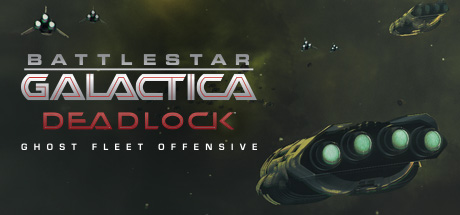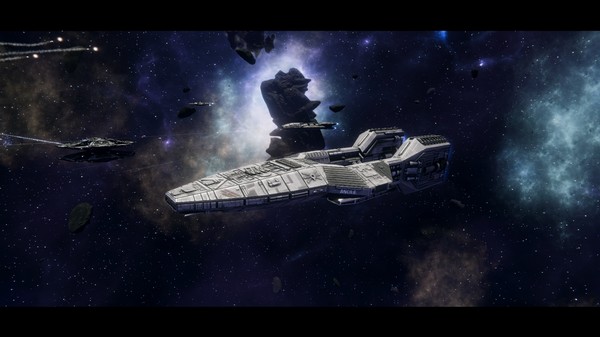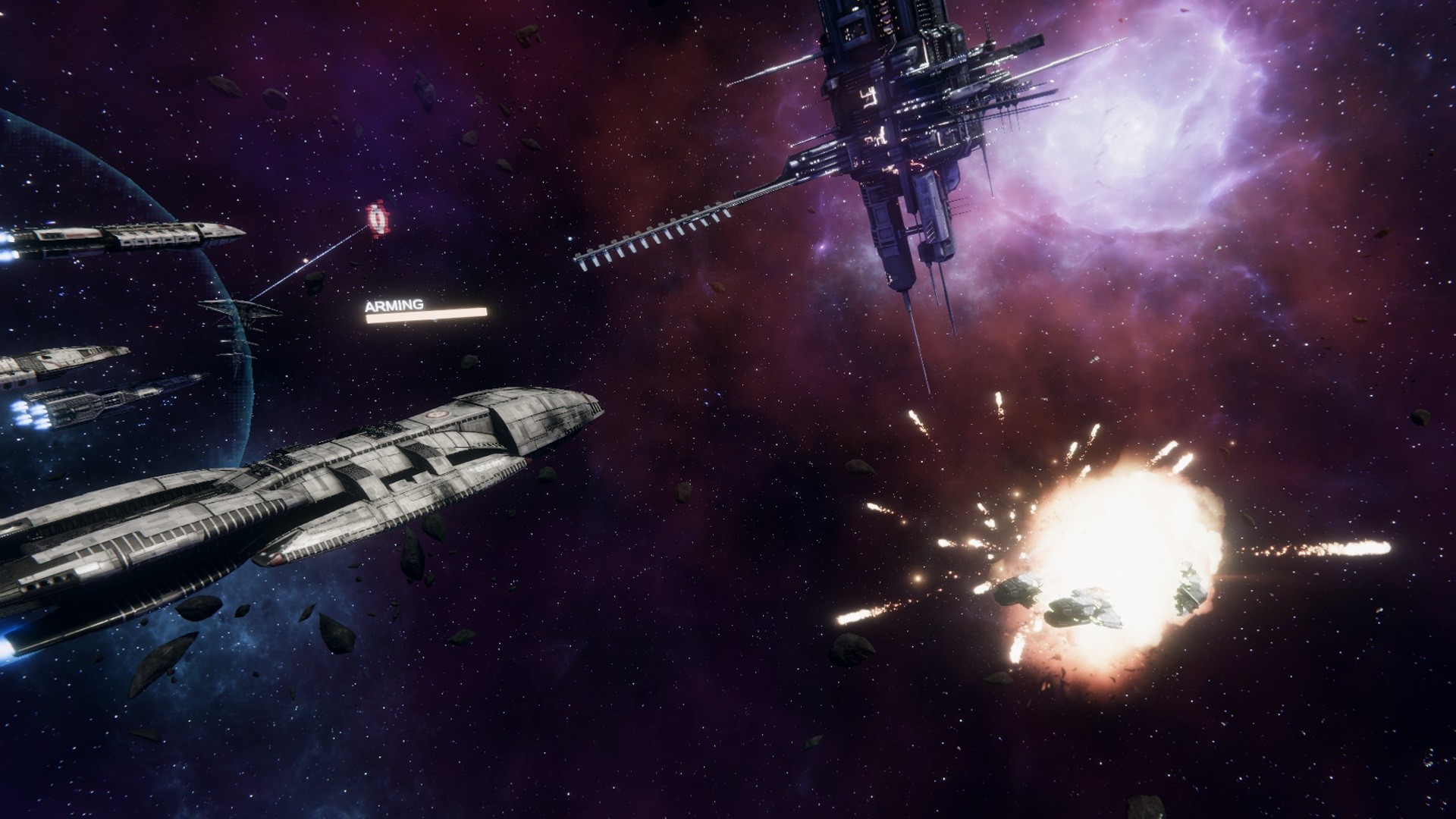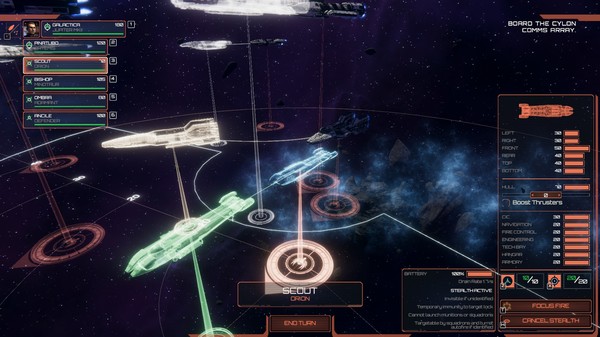from
STRATEGEMATA
You may be forgiven for experiencing the sort of confusion I had when matching the title of this recent game from Strategemata with the picture on the box cover and the dates of the two battles. A thorough read of the extensive historical section of the Scenario book provides a description of the Swedish aggressors as "modern Vikings", though I feel the label fits a little loosely!
Still, what I have learnt, however, is that we're in the early days of the Great Northern War that marked the beginning of the C18th and embroiled Sweden, Denmark, Saxony, Poland, Lithuania and Russia for twenty years from roughly 1700 to 1720. In other words, a period that many of us know very, very little about.
The designer, Slawomir Lukasik, began this system by venturing into the slightly later period of the Wars of the Austrian Succession with a more familiar figure, Frederick the Great, and the game entitled, Bloody Fields of Mollwitz. My own familiarity with the system stems from elements of it featuring in his game, Bloody Steppes of the Crimea, which took us on to the more familiar battles of the Crimean war in the 1850s.
My review in August 2018 of the latter game raised some issues both of physical production and rules clarity. I'm very pleased to say that, in the main, this new game has stepped up the quality all round. The standard sized double-sided map, though only slightly thicker, is significantly better in appearance. In part, this is mainly because of the removal of the heavily obtrusive hex numbering. Instead, set up is printed on the map so lightly that it is has no adverse impact at all during play.
The Battle of Kliszow - opening set up
As the main scenario, the battle of Kliszow, is a substantial and lengthy game to play, this may have a drawback in that it makes recording a game more difficult, if you cannot leave it set up. Nevertheless, the trade off in visual appeal is well worth the minor inconvenience. The package is greatly improved too by the inclusion of fine, full-colour set-up displays for this main battle.
A similar display is provided for the very useful introductory Scenario, while the battle of Fraustadt, being much smaller in scale than the battle of Kliszow simply needs no more than the set up printed on its map.
The reverse of the box showing the map of the Fraustadt battle with the set-up unit displays printed directly on the map.
On the reverse of two of the displays are separate copies of the charts for melee and fire combat that are also printed in the rule book. Rather surprisingly the terrain chart is only printed on the back of the Scenario book, but a quick photocopy easily provides an extra substitute if needed.
Melee combat player aid
Regarding physical features alone, the unit counters and markers are a major step up in quality, both for thickness and visual appeal. The colour identification for the three Wings of each army, along with in many cases their being only a single number on a unit, are also a great help to ease of play and the attractive presentation.
One of the excellent display cards for set-up
Finally, the Rule book and Scenario book too round off the overall improvements in quality. Being still only simple printed black and white paper and stapled, they lack the big publishing companies flourish. But the slight increase in text size has made a huge difference to the ease of reading them. Overall the accuracy of the English translation is very good, occasionally prepositions still cause a few pauses to make sure you've grasped the intent correctly and only one sub-heading PERFORMING EVOLUTIONS stands out as missing the mark, in the rules about changing facing. REVOLUTION is presumably the preferred word and even that doesn't quite fit the bill.
As with previous games that use this system or modifications of it, the sequence of play is very interactive. Both sides have one Activation marker for each of its Wings in the battle and the turn progresses with each player secretly choosing one of those markers. An Initiative die roll, with appropriate modifiers, determines the Initiative player, who will decide whether he/she goes first or second. If second, they can keep their choice secret until after the first player has moved and conducted any combat.
This interchange of paired initiative choices continues until all of both players formations have ben activated.
A sequence of Command chain for leaders and their related formations continues to be one of the strong elements that I like very much. It is clearly explained and works smoothly in combination with the assignment of orders. Both melee and fire combat are possible, but a unit may only ever engage in one of the two when activated and melee is only possible under Assault orders.
Combat remains the longest and most detailed section of the rules and once again takes careful reading and practice to ensure both understanding and accurate practice. Of all the details of combat, the one I find most intriguing is the importance of morale which is the main and, in many cases, the only number on a unit counter. Not only does it play the predominant role in melee, but it is these factors that are lost by a unit whatever the type of combat and recorded by placing a morale strength marker under the unit.
Many factors affect morale so that units rapidly decline in their power to function effectively. However, when activated a unit may recover some degree of morale depending on several factors including the current orders the Wing is under and position in relation to enemy units. Appropriately, the more aggressive your orders the fewer morale points you are likely to recover. So, a Defensive posture allows you recover a unit's starting morale level by staying in place and expending all its movement points. [thanks to Adam for pointing out the mistake in my original comment here.]
All units, except artillery, have two steps and a unit routing or losing 3 or more morale points in a single activation is flipped to its weakened side or eliminated if already on its weakened side. Similarly, a unit whose morale is driven down to zero is also eliminated. In specific circumstances, a unit may be eligible to be returned to the map at a level of 1 morale point.
As is to be expected for the period, facing is important for a number of familiar reasons: including determining ZOCs, whether a unit can fire or assault [orders too play a part] and the effects of flanking or being flanked.
In getting to grips with the rules, I'd strongly recommend the following sequence. First of all skim the rules to get an overall idea of the concepts and then place a few units on the map while carrying out basic rules of Fire and Assault. From there, proceed to the very short Introductory scenario which is played out on the Fraustadt map. Next, play the full Fraustadt battle and finally [and by now I hope familiar with the system] move on to the major battle of Klitszow.
The Scenario book at first sight looks daunting because of its length, but I'm glad to say that this because16 pages of it is a detailed historical narrative. The specifics for each scenario are very manageable. As I am not a great fan of scenarios that introduce a substantial number of extra rules, modifications or exceptions, it was a relief that even the largest scenario introduces only easily accommodated additions.
In conclusion, this is a detailed system which I would recommend to gamers familiar with the language of board gaming and especially those who have a taste for the musket and pike era. Turns can be quite long once opponents get to grips in combat, but both players are actively involved in the interaction that ensues. It is an attractive package that marks a good step forward in the quality of the components, especially the counters which are very attractive, colourful and easy to read. On the maps they stand out well and the overall effect is visually complementary, as can be seen in this view of the battle of Fraustadt.

Once again, it's thanks to Strategemata for providing the review copy and for their success in opening up this period to us.
Average cost
USD 60
£57.95











































Follow Us